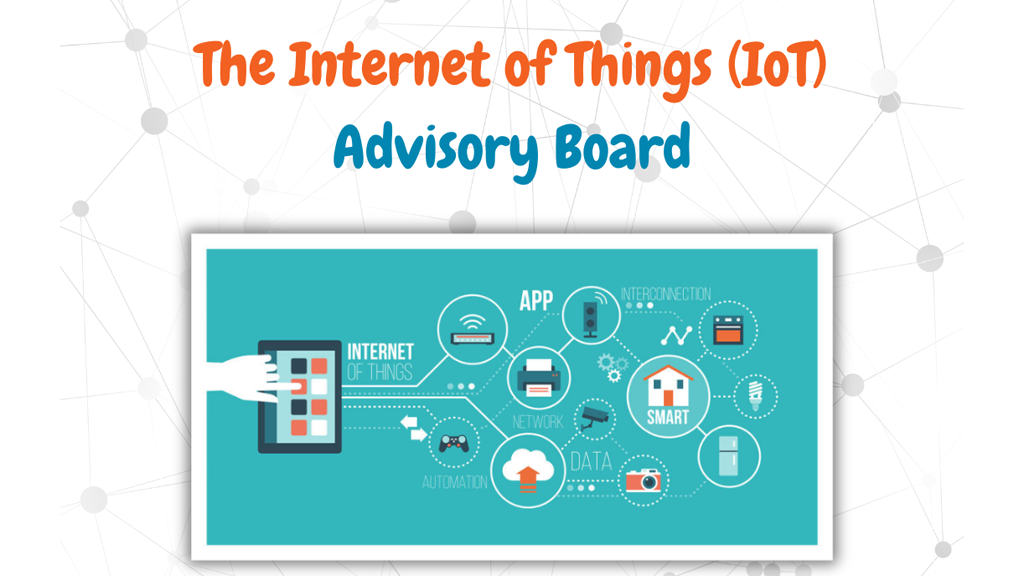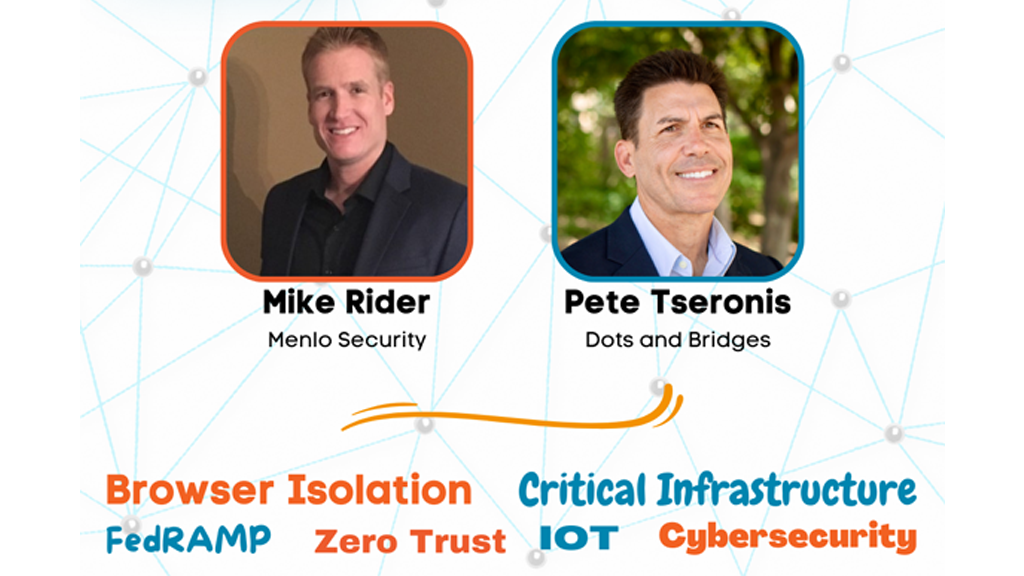This week, the Institute for Critical Infrastructure Technology afforded me the opportunity to address a global community (a big shout-out to C-SPAN by the way) on the threats and challenges within the Energy Sector and the interdependencies amongst the other 15 critical infrastructure protection (CIP) sectors.
Central to the discussion was the cybersecurity threat(s) facing our energy infrastructure; threats that include, but are not limited to, natural disasters, an aging infrastructure and workforce, physical security, and evolving regulations. And while the information exchange was by no means of the alarmist mentality, it was meant to inform, educate, and promote information-sharing.
Enhancing critical infrastructure security and resilience is a national imperative. For over a century, our power grid has served its purpose as an available and reliable resource. Yet, as our nation embraces the ‘Internet of Things” and the promise of ubiquitous communications, our dependence on energy as the ultimate power source requires a more resilient, flexible, and secure grid.
Achieving this future-state (or Smart) infrastructure requires a continued partnership amongst the public, private, and consumer sectors. In fact, those unfamiliar with the energy sector architecture would be amazed to learn of its diverse, multifaceted, and complex ecosystem. As such, investors, entrepreneurs, scientists, academics, owners/operators of energy assets, regulators, and federal/state/local/tribal/territorial government entities are significant stakeholders that fuel the Energy Sector via innovation and ingenuity.
NOTE: This point is underscored within the Executive Orders on Critical Infrastructure and Information Sharing.
Lastly, while critical infrastructure protection dialogue tends to focus on risk management, coordination amongst strategists and practitioners, and policy matters, let’s not forget the significance of our country’s R&D efforts in this realm. Unbeknownst to many, this community is focused daily on reducing the social consequences of natural disasters and climate events, developing innovative tools and technologies to harden critical infrastructure, and enhancing cybersecurity capabilities to address evolving cyber threats.
In short, sleep well at night when you turn off the lights because what happens behind the walls is a collective effort to ensure the safety and security of our Energy Sector.
A link to the ICIT conversation can be found here: http://cs.pn/2bPOov2.






